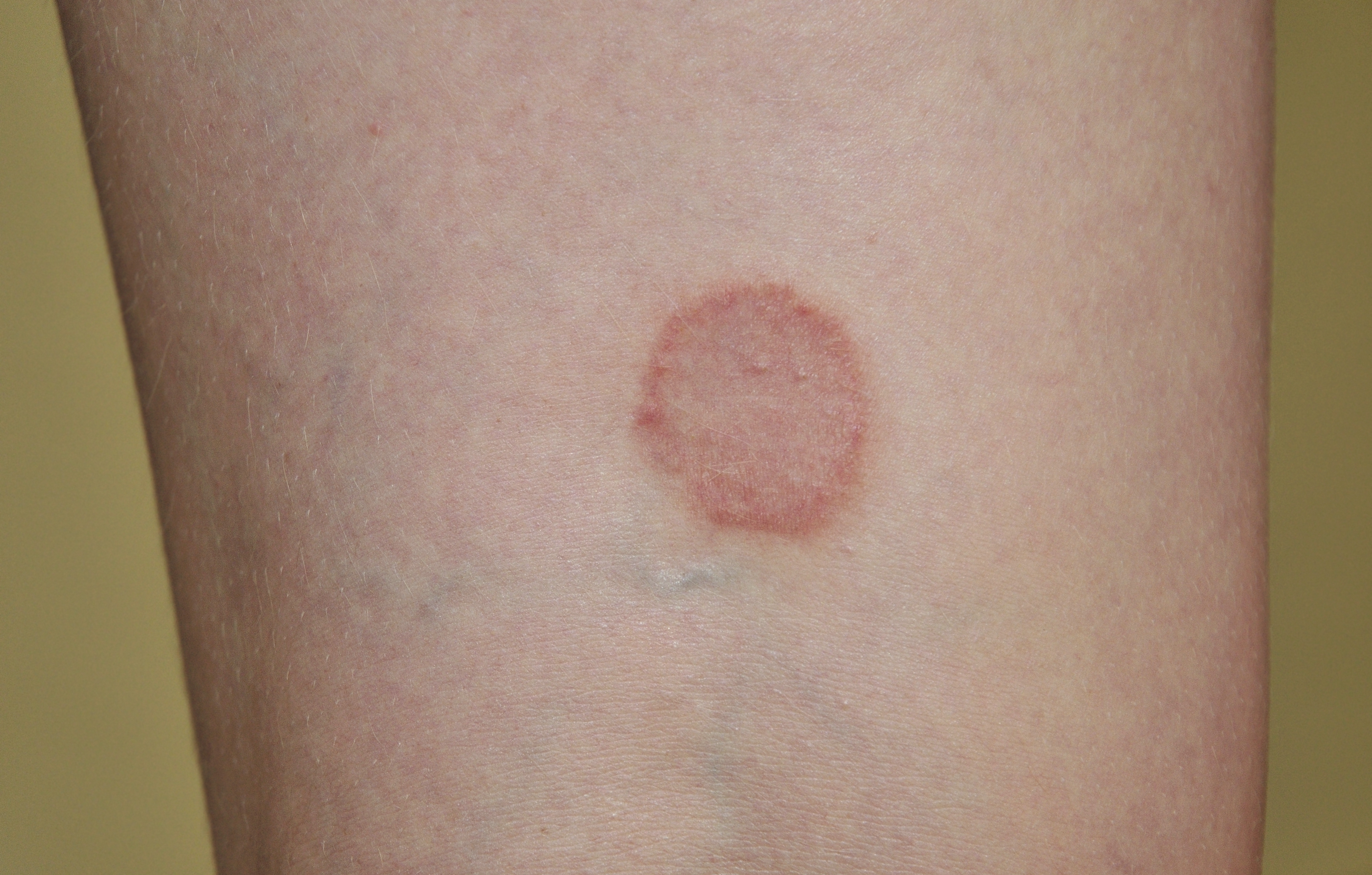


Touching items that have the fungi on them, such as clothing, combs, pool surfaces, and shower floors. Having direct, skin-to-skin contact with affected areas of an infected person's body. ( 5) Like other types of fungi, dermatophytes thrive in warm, moist areas. The condition is caused by mold-like fungi called dermatophytes, says the U.S. Ringworm is contagious even before symptoms appear, according to the Mayo Clinic. There are about 40 different species of fungi - in the Trichophyton, Microsporum, and Epidermophyton genera - that can cause ringworm. (3) Onychomycosis often occurs in people who have athlete’s foot for a prolonged period. Onychomycosis Nails become thick and abnormal in shape and color, and one or several nails may be affected. Ringworm on the scalp is more common in children than adults. Tinea capitis Typically looks like a scaly, red, circular bald spot on the scalp that is also itchy, and it can grow in size. Does ringworm itch skin#
Tinea manuum Palms may have dry skin with deep cracks, and ring-shaped patches may appear on the back of the hand.The spots may become crusty or fill up with pus, and hair loss may occur. Tinea barbae Scaly, itchy red spots may be visible on the cheeks, chin, and upper neck.Tinea cruris, or jock itch Itchy, scaly red spots usually appear on the inner thighs.In severe cases, blistering of the feet can occur. The soles and heels of the feet may also be affected. Tinea pedis, or athlete’s foot Skin may peel or become swollen, red, and itchy between the toes (particularly between the pinky toe and the one next to it).Symptoms of ringworm can be different depending on the specific part of the body that’s affected: The specific symptoms of ringworm depend on the location of the infection.






 0 kommentar(er)
0 kommentar(er)
